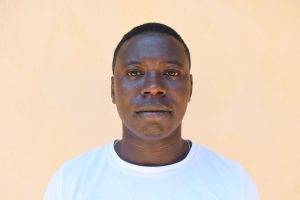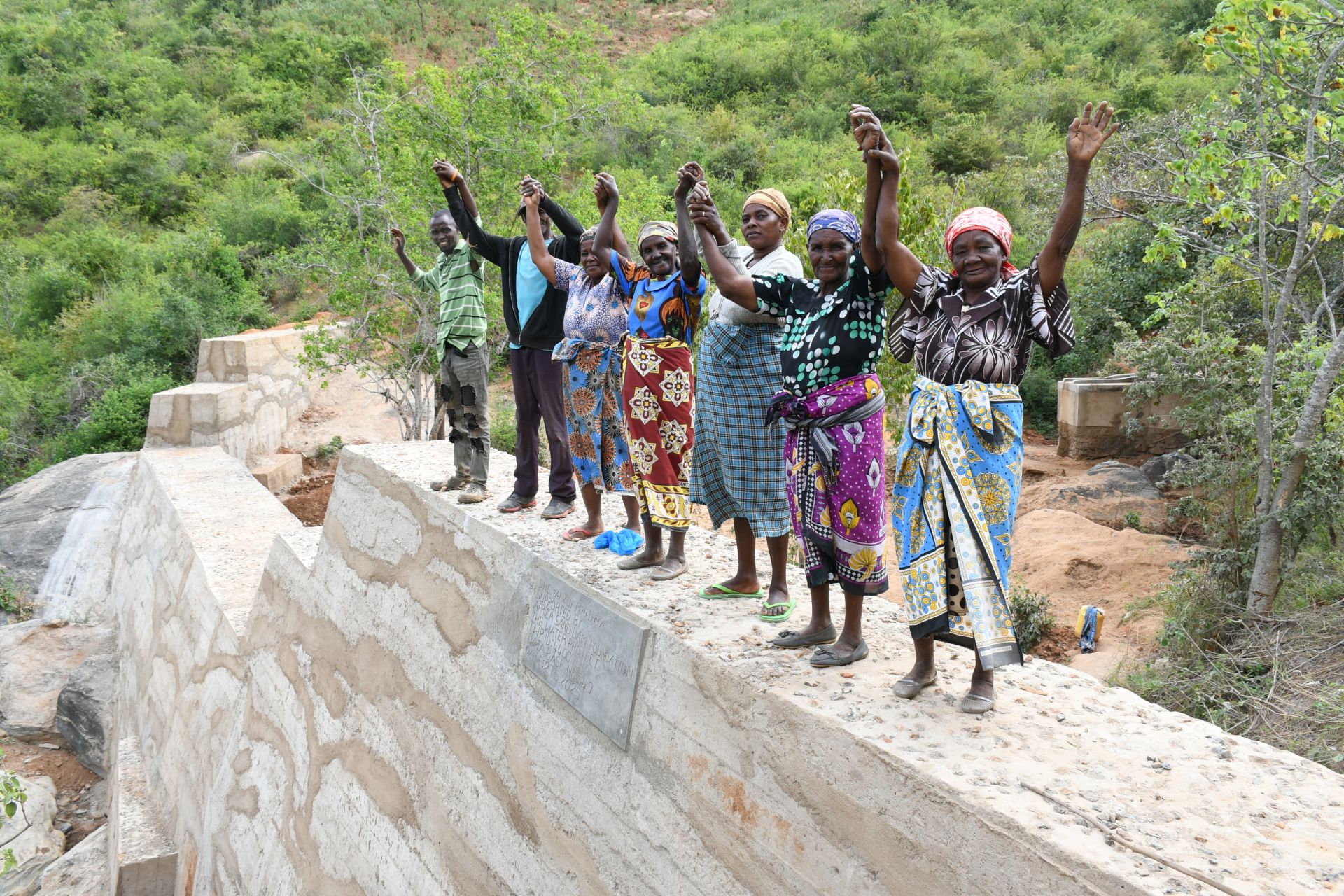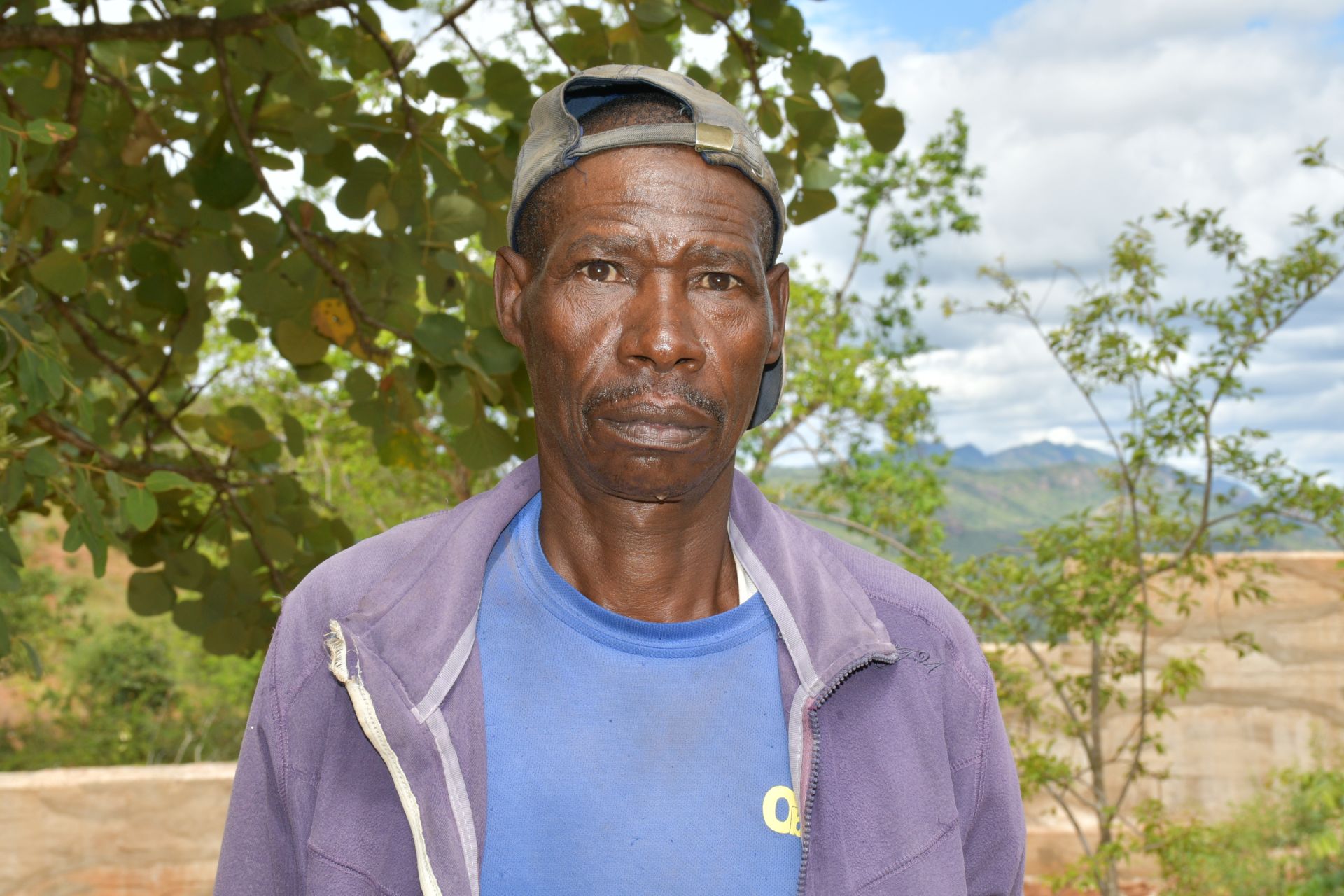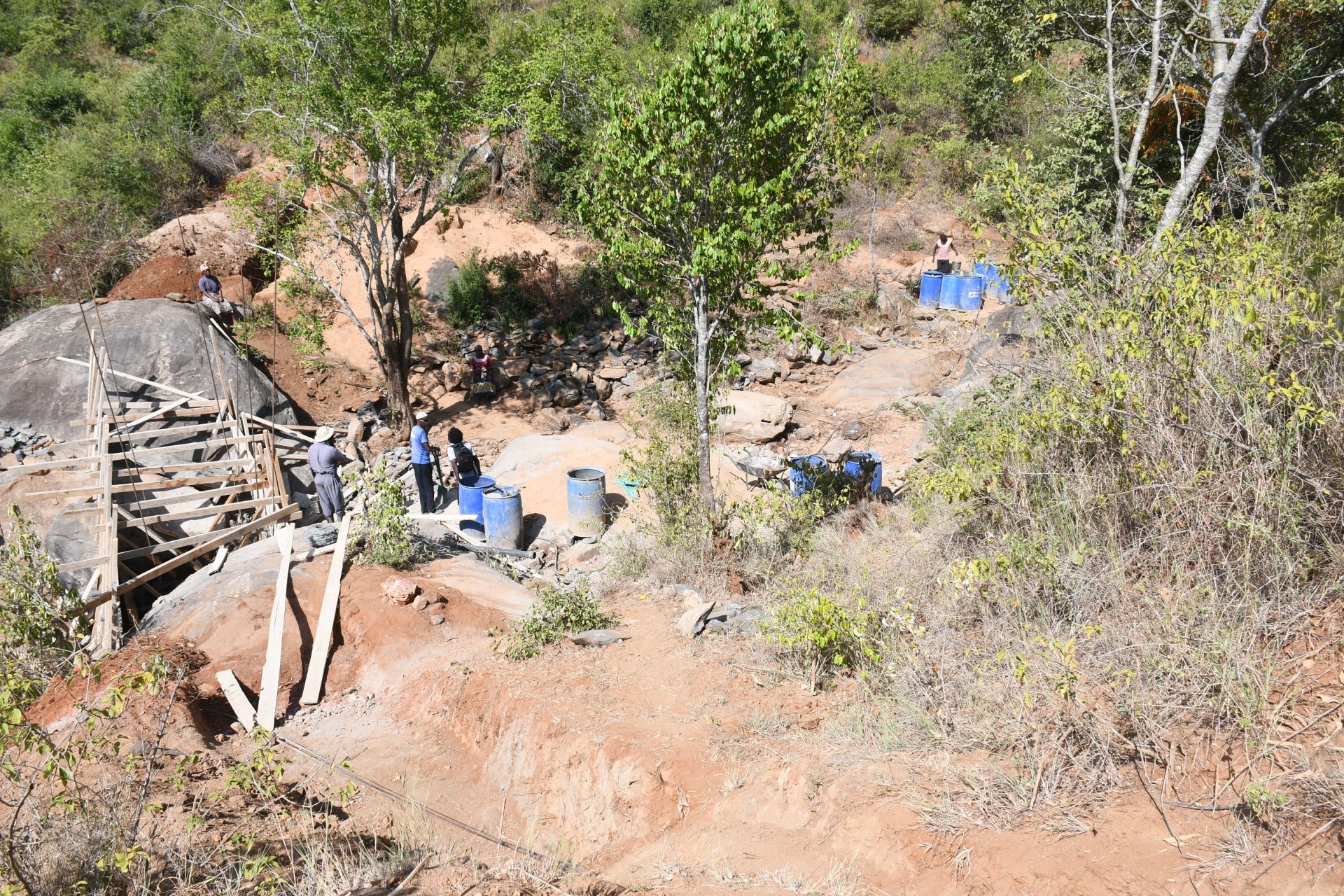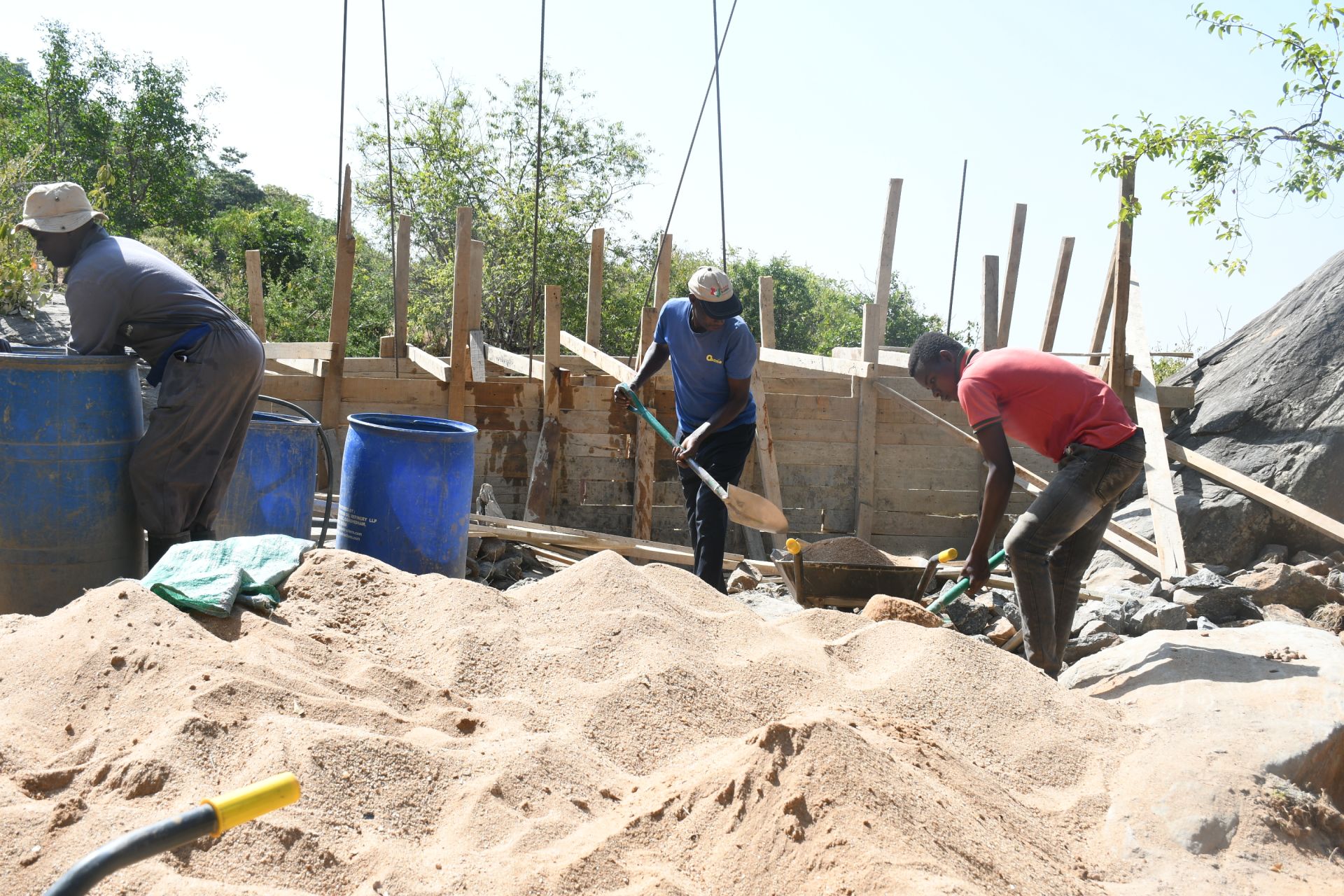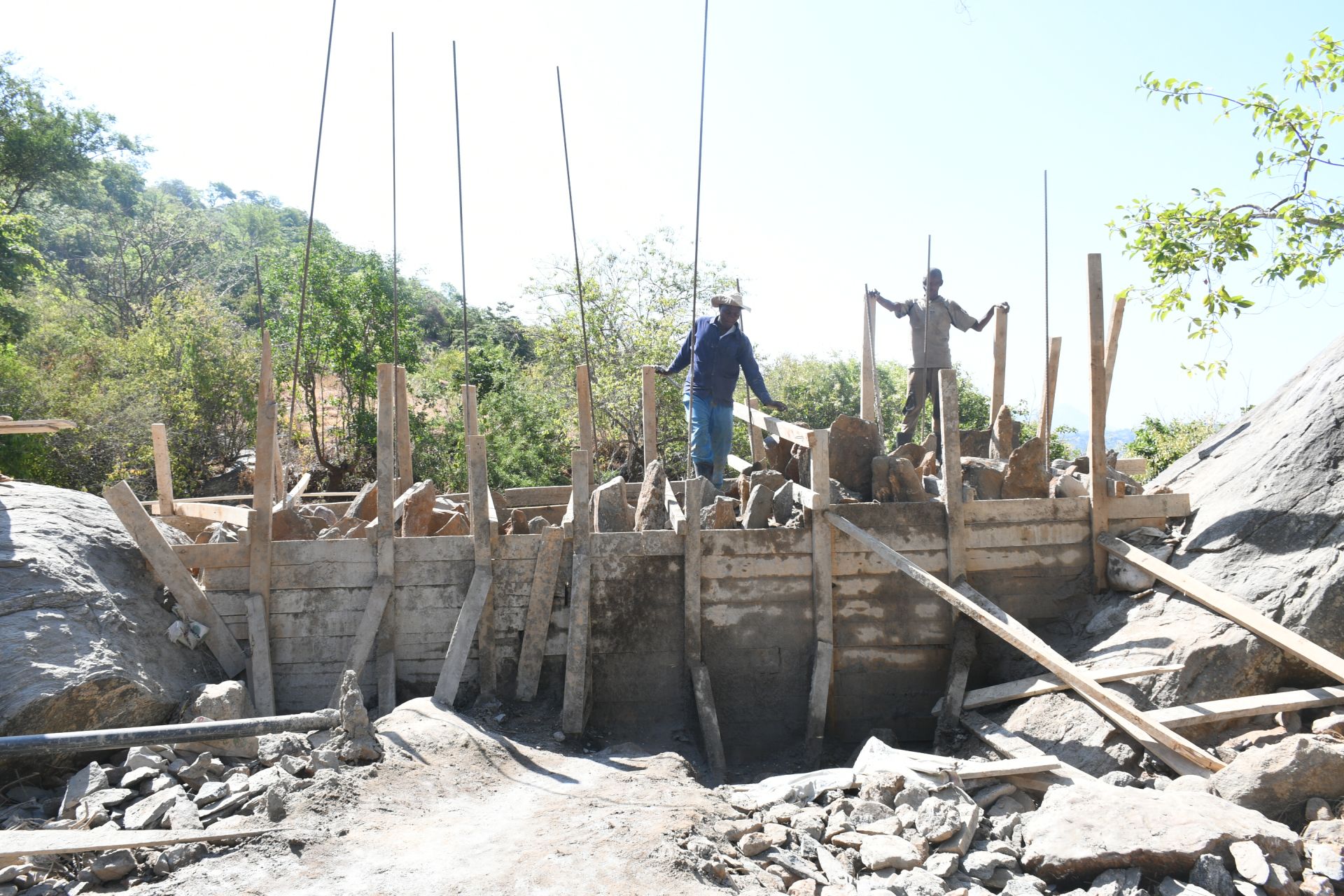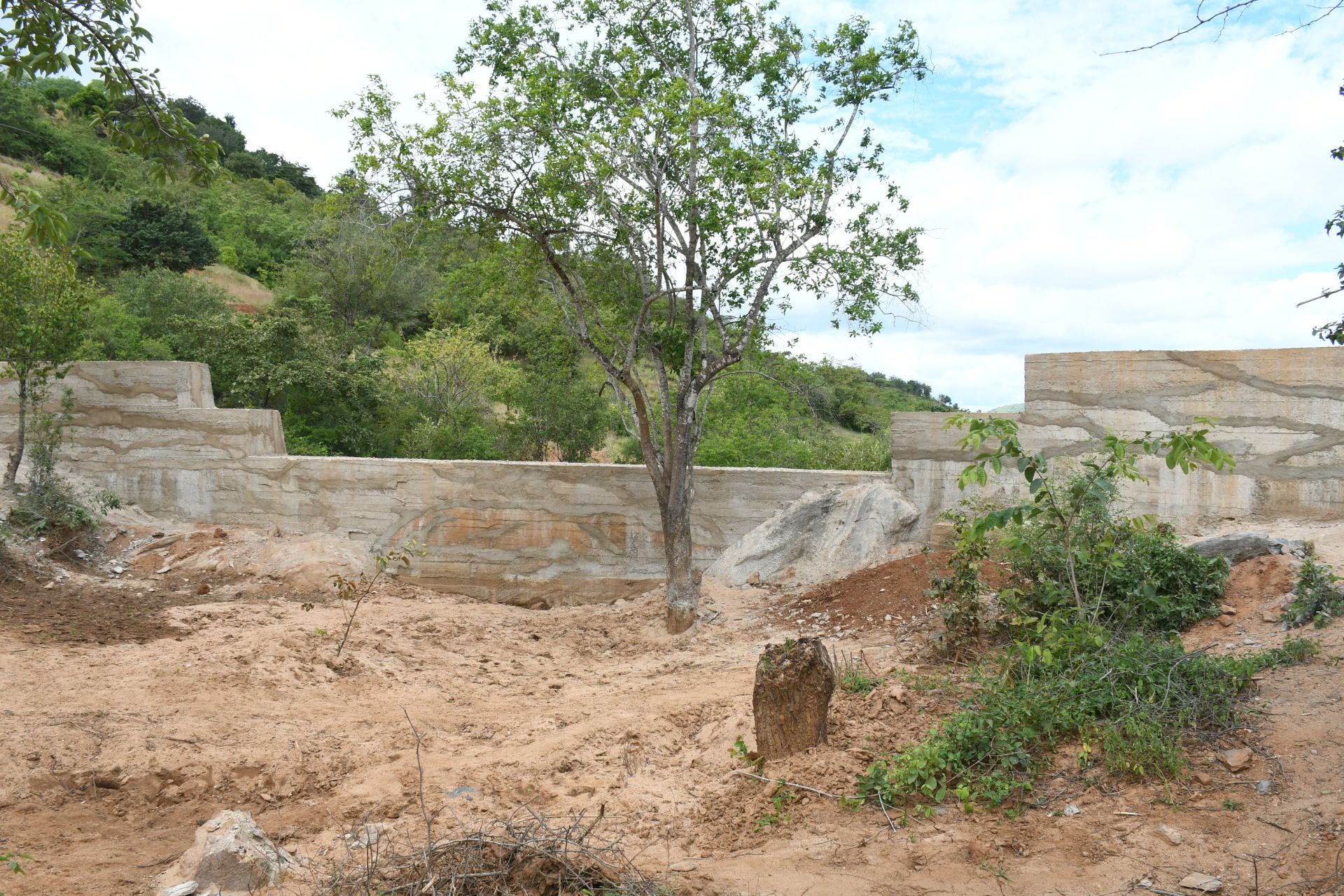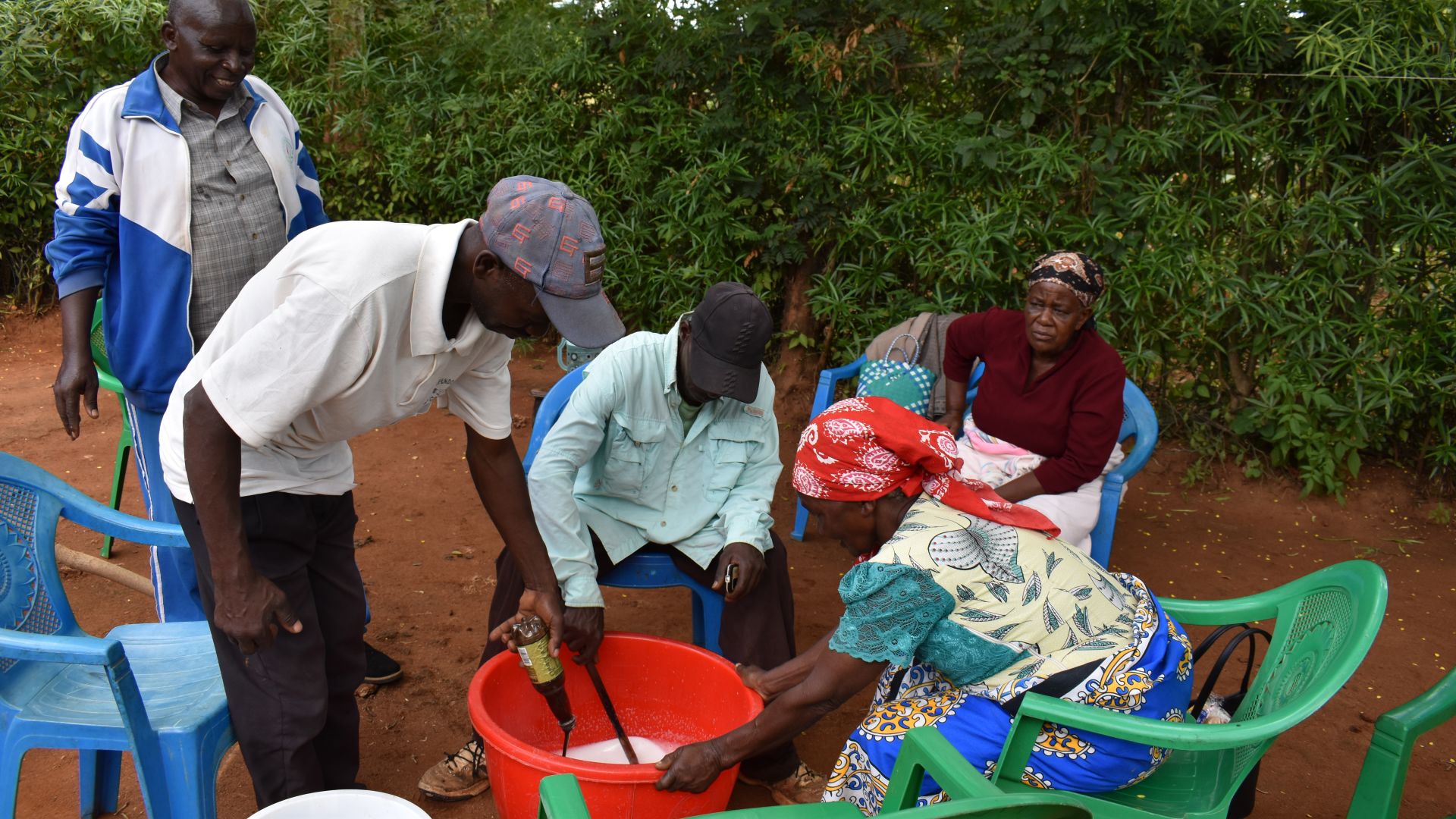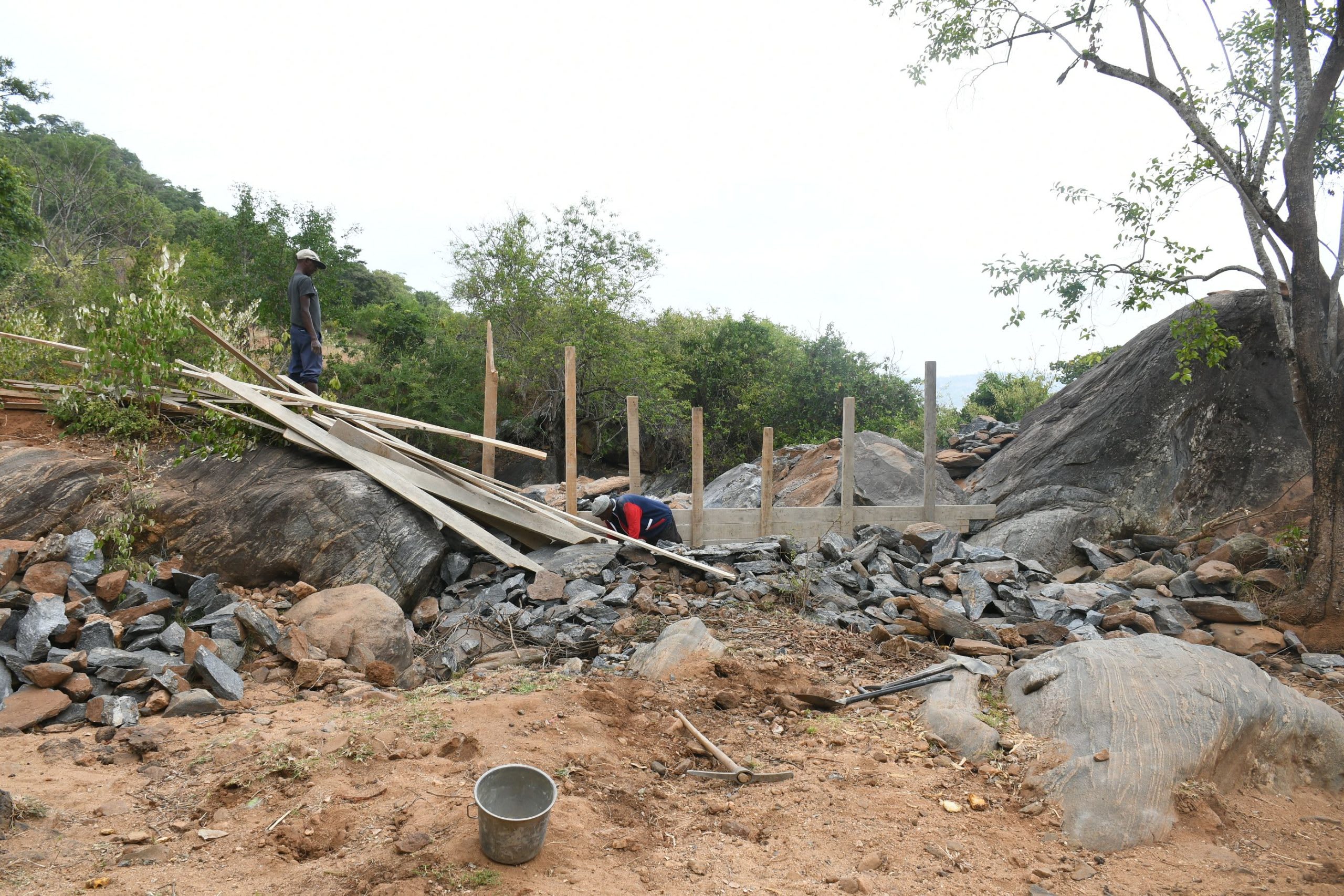In the Yanzui Maithya Community, 2,000 people make a long and dangerous trek to collect water every day. Their current water sources, though they provide clean water, are far away—over a two-mile round trip!
Field Officer Jefferson Mutie shared, "This is one of the steepest areas around Mwingi where community members walk for almost two kilometers (over a mile!) on steep lands to fetch water. It is such a dangerous and strenuous trek that if one isn't careful, they might end up landing and injuring their backs. An average adult can carry a 20-liter jerrycan, and on the way, they have to make several stopovers to enable them to arrive safely."
Imagine an adult carrying forty-four pounds of water, if not more, and having to stop often to make it the mile home. Now imagine being sixteen, trying to manage school and family expectations, and making the same journey with a forty-four-pound burden at least once a day.
It's an exhausting way to live, but most, like sixteen-year-old Mary, have no other option.

Mary carries two water containers to fill up and bring home.
As you can see, Mary smiles as she carries her jerrycans to the waterpoint to fill. Her life has no doubt taught her to be strong in ways we can't understand, but her journey home is going to be much more difficult.
"The terrain of the water source makes life very hard. I have to trek carefully and take a lot of time coming back, as it is very steep and dangerous at the same time. A little trip from the hill can land one next to the waterpoint if they aren't careful," Mary shared.
Mary shared, "I feel so bad. I have to push myself so hard, at least to have time to fetch water after school, leaving my friends without even catching up."
As a sixteen-year-old girl, Mary already faces many obstacles to receiving an education. It's an uphill battle, and her daily journey to ease some of the water crisis makes it that much harder.
"I am obliged to leave school with my head focused on fetching water. This makes my concentration in class to be lowered, especially during the evening lesson as I watch the sun go away," she added.
"The sand dam will revolutionize water availability for the entire community. During the rainy season, it will capture and store water in the sand, creating a reliable, year-round water source. No longer will community members have to trek long distances to fetch water. This newfound accessibility will reduce the time and physical burden on women and children, allowing them to focus on education, work, and other productive activities," expressed Jefferson.
Mary has big dreams for her future, and with reliable water access, she can be one step closer to achieving them! A sand dam will not only create a waterpoint near her community but also rejuvenate the landscape and create a healthier environment.
"I am studying very hard to become a doctor one day and treat people from my village and around the world," concluded Mary.

Mary carries her water home.
Solving the water crisis in this community will require a multifaceted system that will work together to create a sustainable water source that will serve this community for years to come.
Steps Toward a Solution
Our technical experts worked with the local community to identify the most effective solution to their water crisis. Together, they decided to construct a sand dam and dug well.
Sand Dam
Sand dams are sought-after, climate-smart, and lasting water solutions providing hope and resilience to communities in arid Southeastern Kenya. Think of them like giant sandboxes constructed in seasonal rivers that would typically quickly dry up after the rainy season. Instead of holding water like traditional dams, they collect sand and silt.
When infrequent rains do come, these dams catch a percentage of the river's flow, letting most of the water continue downstream to other communities. But here's the magic: the sand they collect acts like a natural filter, holding onto water long after the river's gone dry. Then, wells are constructed nearby, creating a reliable water source even during the driest times.
And the benefits don't stop there! In communities impacted by climate change, sand dams replenish groundwater and prevent soil erosion. Even during severe droughts, the consistent water supply from these sand dams allows farmers to thrive, giving way for enough food not only for their families but also to sell in local markets.
The most remarkable aspect of sand dams is how they involve the local community every step of the way, giving them a sense of ownership and pride in solving their own water shortage and managing their own water resources.
This sand dam will be connected to a dug well to make the water more accessible.
Community Education & Ownership
Hygiene and sanitation training are integral to our water projects. Training is tailored to each community's specific needs and includes key topics such as proper water handling, improved hygiene practices, disease transmission prevention, and care of the new water point. Safe water and improved hygiene habits foster a healthier future for everyone in the community. Encouraged and supported by the guidance of our team, a water user committee representative of the community's diverse members assumes responsibility for maintaining the water point, often gathering fees to ensure its upkeep.

 Sand Dam
Sand Dam
 Rehabilitation Project
Rehabilitation Project










